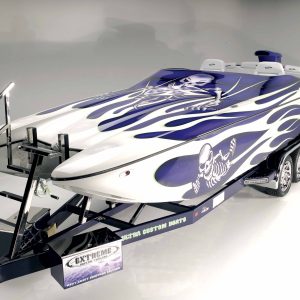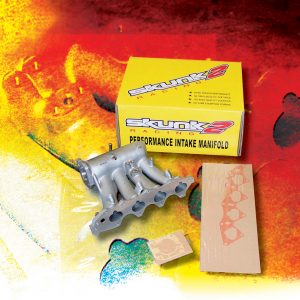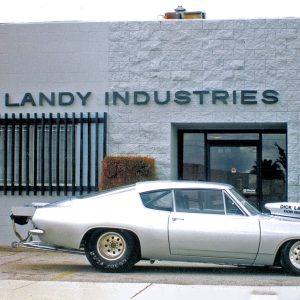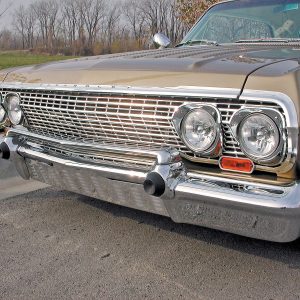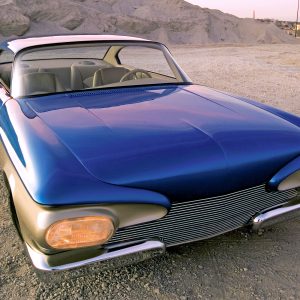
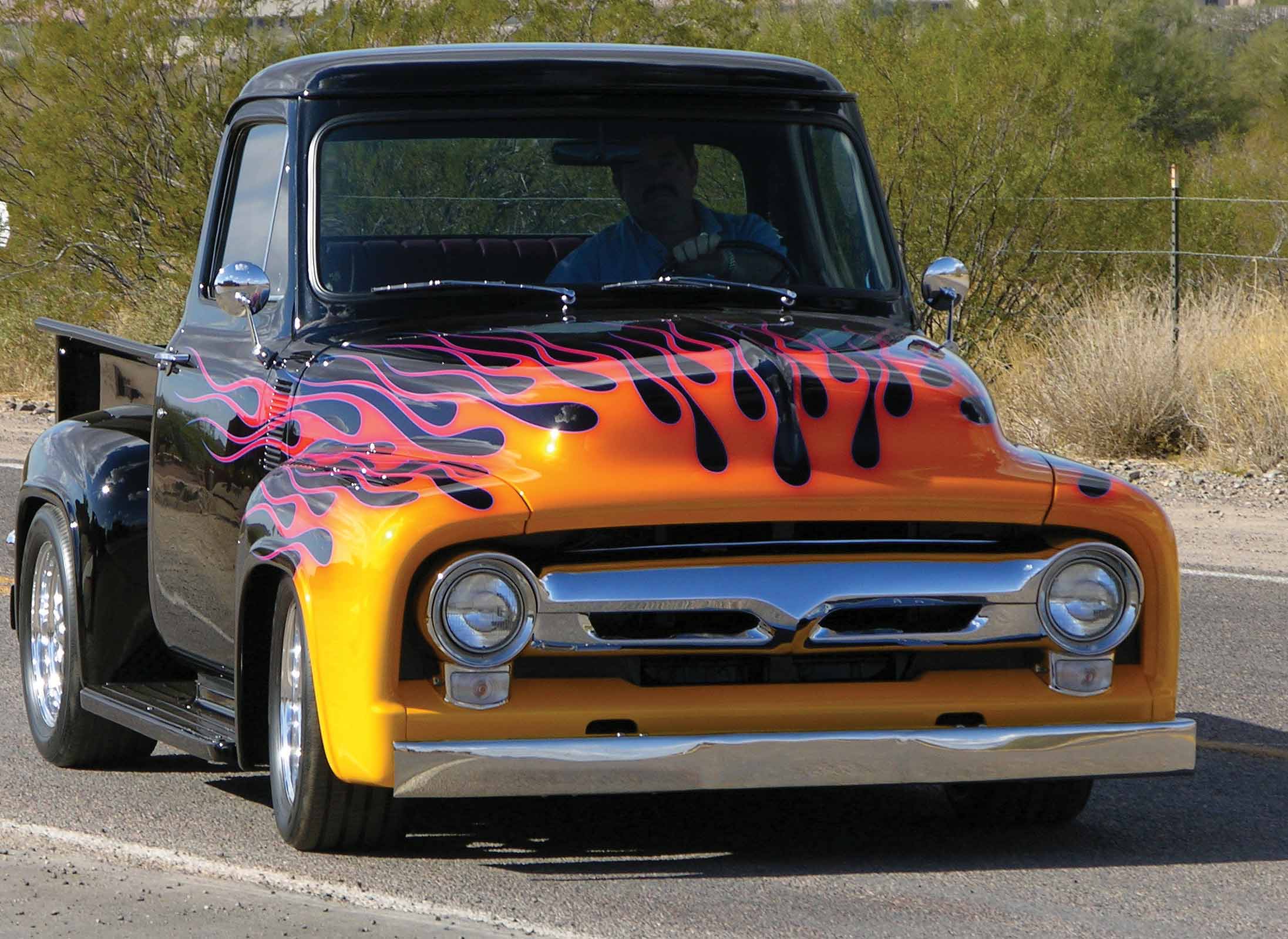

THE AUTO BUILDER
Featured
- All Post
- 20 High Priority - SR Super Rod
- Builds
- 25 High Priority - FB Ford Builder
- Cars
- 30 High Priority - AR American Rodder
- 01 Post Status
- 35 High Priority - RD Rodders Digest
- 40 High Priority - OTR On the Road
- 45 High Priority - SRB Street Rod Builder
- 50 High Priority - TB Truck Builder
- 55 High Priority - BSCENE Buckaroo Scene
- 60 High Priority - FPB Family Power Boat
- Trucks
- Swaps
- Performance Boats
- _000 Home Sliders
- Builders
- 00 Sidebars
- Manufacturers
- 05 High Priority - HCI Hot Compact Imports
- 05 Publications
- 10 High Priority - CR Chevy Rumble
- Back
- Chassis
- Engine
- Fuel System
- Electrical
- Exhaust
- Transmission / Drivetrain
- Suspension
- Steering
- Brakes
- Wheels and Tires
- Interior
- Exterior
- Accessories
- Power Adders
- Back
- Chassis
- Engine
- Fuel System
- Electrical
- Exhaust
- Transmission / Drivetrain
- Suspension
- Steering
- Brakes
- Wheels and Tires
- Interior
- Exterior
- Accessories
- Power Adders
- Back
- Chassis
- Engine
- Electrical
- Exhaust
- Fuel System
- Transmission / Drivetrain
- Suspension
- Steering
- Brakes
- Wheels and Tires
- Interior
- Exterior
- Accessories
- Power Adders
- Back
- Chassis
- Engine
- Electrical
- Exhaust
- Fuel System
- Transmission / Drivetrain
- Suspension
- Steering
- Brakes
- Wheels and Tires
- Interior
- Exterior
- Accessories
- Power Adders
- Back
- Chassis
- Engine
- Fuel System
- Electrical
- Exhaust
- Transmission / Drivetrain
- Suspension
- Steering
- Brakes
- Wheels and Tires
- Interior
- Exterior
- Accessories
- Power Adders
- Back
- Chassis
- Engine
- Fuel System
- Electrical
- Exhaust
- Transmission / Drivetrain
- Suspension
- Steering
- Brakes
- Wheels and Tires
- Interior
- Exterior
- Accessories
- Power Adders
- Back
- Chassis
- Engine
- Fuel System
- Electrical
- Exhaust
- Transmission / Drivetrain
- Suspension
- Steering
- Brakes
- Wheels and Tires
- Interior
- Exterior
- Accessories
- Power Adders
- Back
- Engine
- Fuel System
- Electrical
- Outdrives
- Steering
- Interior
- Accessories
- Power Adders
- Exterior and Hull
- Back
- Chassis
- Engine
- Electrical
- Exhaust
- Fuel System
- Transmission / Drivetrain
- Suspension
- Steering
- Brakes
- Wheels and Tires
- Interior
- Exterior
- Accessories
- Power Adders
- Back
- Chevrolet
- Cadillac
- Pontiac
- AMC
- Buick
- Jeep
- Lincoln
- Ford
- Honda
- GMC
- BMW
- Mitsubishi
- Dodge
- Nissan
- Chrysler
- Subaru
- Toyota
- Plymouth
- Mercury
- Volvo
- Volkswagen
- Oldsmobile
- Acura
- Back
- 05 Pub HCI Hot Compact Imports
- 15 Pub 4x4 4x4 Builder
- 20 Pub SR Super Rod
- 25 Pub FB Ford Builder
- 30 Pub AR American Rodder
- 35 Pub RD Rodders Digest
- 40 Pub OTR On the Road
- 55 Pub BSCENE Buckaroo Scene
- 10 Pub CR Chevy Rumble
- 50 Pub TB Truck Builder
- 60 Pub FPB Family Power Boat
- 45 Pub SRB Street Rod Builder
- Back
- Chip Foose
- Ring Brothers
- Jack Fuller
- Bob Cullipher
- Jerry Nichols
- Bobby Alloway
- Jesse James
- Carl Casper
- J.F. Launier
- Steve Sellers
- Boyd Coddington
- Rad Rides by Troy
- Cal Auto Creations
- George Barris
- West Coast Customs
- Back
- Street Rods
- Hot Rods
- Late Model
- Drag Race
- Handling
- Compact Cars
- Chassis
- Engine
- Fuel System
- Electrical
- Exhaust
- Transmission / Drivetrain
- Suspension
- Steering
- Brakes
- Wheels and Tires
- Interior
- Exterior
- Accessories
- Power Adders
- Chassis
- Engine
- Fuel System
- Electrical
- Exhaust
- Transmission / Drivetrain
- Suspension
- Steering
- Brakes
- Wheels and Tires
- Interior
- Exterior
- Accessories
- Power Adders
- Chassis
- Engine
- Electrical
- Exhaust
- Fuel System
- Transmission / Drivetrain
- Suspension
- Steering
- Brakes
- Wheels and Tires
- Interior
- Exterior
- Accessories
- Power Adders
- Chassis
- Engine
- Electrical
- Exhaust
- Fuel System
- Transmission / Drivetrain
- Suspension
- Steering
- Brakes
- Wheels and Tires
- Interior
- Exterior
- Accessories
- Power Adders
- Chassis
- Engine
- Electrical
- Exhaust
- Fuel System
- Transmission / Drivetrain
- Suspension
- Steering
- Brakes
- Wheels and Tires
- Interior
- Exterior
- Accessories
- Power Adders
- Chassis
- Engine
- Fuel System
- Electrical
- Exhaust
- Transmission / Drivetrain
- Suspension
- Steering
- Brakes
- Wheels and Tires
- Interior
- Exterior
- Accessories
- Power Adders
- Back
- 05 Post Imported
- 20 Post Missing Images (All)
- 25 Post Missing Images (Partial)
- 15 Post In Progress
- 30 Post Internal Review
- 40 Post On Hold
- 50 Post Approved
- 10 Post Images Imported
- 17 Post Missing TXT Files
- 18 Post Missing PDF Files
- 27 Post Missing Content
- Back
- Chassis
- Engine Swaps
- Interior Swaps
- Driveline
- Back
- Street Trucks
- OffRoad Trucks
- Chassis
- Engine
- Fuel System
- Electrical
- Exhaust
- Transmission / Drivetrain
- Suspension
- Steering
- Brakes
- Wheels and Tires
- Interior
- Exterior
- Accessories
- Power Adders
- Chassis
- Engine
- Fuel System
- Electrical
- Exhaust
- Transmission / Drivetrain
- Suspension
- Steering
- Brakes
- Wheels and Tires
- Interior
- Exterior
- Accessories
- Power Adders
- Back
- 01 Sidebar Left
- 01 Sidebar Right
Spotlighter
POPULAR READS
CLASSIC HOT ROD CRUISER
A Timeless Beauty Built to Tow, Haul, and Cruise in Comfort
Author

Jim Maxwell
Story & Photography
Ford Motor Company’s pickup trucks from 1953-1956 are true, classic works of art. Their bold and curvaceous lines incorporate great proportions and will forever go down in history as one of the best—if not the best—looking truck body designs ever to roll off the assembly line.
When the new, more modernized F-100 was debuted back on March 13, 1953, it was well received. The truck was clearly an early pacesetter for being a truck with car-like features and creature comforts like never before. The F-100’s sleek new styling included the hood “flowing” into the front fenders and grille cavity, and a curved one-piece windshield that featured a 55-percent-larger opening compared to its predecessor, the 1948-’52 Ford F-1. The new Ford pickup was less utilitarian looking and had a new model nomenclature—F-100—to go along with the fresh, new platform.
These iconic workhorses featured a more integrated appearance and set the standard at that time for being well-handling and great-maneuvering trucks. A wider track, setback front axle and parallel frame were among the numerous improvements. At a cost of some 30-million dollars and some four years of research and development, this new design featured a 38-inch front overhang, a standard 6.5-foot bed, a 110-inch wheelbase (shortbed version) and a 4,800-pound maximum GVW (gross vehicle weight) rating. Ford went all out in developing this new cab design, with a new accelerator linkage that eliminated the toe-board hole. The doors were now “weather sealed,” and the body seals and joint sealing were improved to keep the cab dust-tight, fume-tight and watertight.
The F-100 still used Flathead V-8 optional power over the base inline six-cylinder, and in 1954 we saw a new 130hp overhead-valve V-8 become available. An automatic transmission was one of the available transmissions in ’53, and this marked the first time Ford ever offered a non-manual gearbox in a truck. Cosmetically, the ’54 received a revised grille configuration, as did the 1955 and ’56 versions. The single biggest revision done to the now classic 1953-’56 body style was in its final year. Ford modernized (at that point in time to keep up with Chevrolet) its truck series with a wraparound windshield as standard equipment for ’56. As you know, 1956 trucks could be ordered with wraparound rear windows.
The rounded corners and smooth-flowing lines of the 1953-’56 Ford F-100s have made them favorites with customizers worldwide, and today they are highly coveted as the quintessential classic pickup. The pictured F-100 is a 1954 model, and it was purchased by Carl and Marianne Lewis from Milwaukie, Oregon, in 1992. The truck had seen better days, as it had been sitting out in the elements under an awning next to a storage shed. In primer, and with a transplanted 289 small block, the truck was partially disassembled as it sat on four flat tires. It had not been moved for some 10 years.
Mel Nichols was hired for the much needed makeover, which took 3-1/2 years to complete. Based in Eagle Creek, Oregon, Nichols has a reputation for getting the details just right, and after the F-100 was torn down to the very last nut and bolt, he started with the stock frame, and a decision was made to totally update the chassis. After extensive measuring and several trips to the salvage yards, a vehicle was found with a front suspension layout dimensionally perfect to the vintage truck’s framerails: an AMC Pacer. Nichols discovered that AMC had designed a well-engineered front suspension system that fit the bill for both strength and design, and then for more strength the F-100 front frame was boxed. The AMC suspension came with power rack-and-pinion steering, disc brakes and a built-in front sway bar. Soon, cutters and welders were used to transform the solid axle suspension to a more modern independent setup, with shortened GM F-body coil springs and high-pressure nitrogen gas shocks.
For the rearend of the F-100, a pair of custom-fabricated leaf springs from Oregon Spring and a new rear axle were installed, and a 9-inch Ford rear with disc brakes was fitted with gas-charged shocks to match the front. The rear of the frame was fit with a receiver hitch, and its design allowed the spare tire to remain in its original location. A Corvette-derived master cylinder was used, and an internal parking brake was included in the brake upgrades.
With the chassiswork completed, attention shifted to the sheetmetal. All existing paint and primer was removed, with the bare metal getting much attention in the way of hammer/dolly work to remove any dents or creases. The front wall of the bed was too far gone, so a new piece was installed. The stake pockets were deleted, all extra holes were filled, and the ends of the bed rails were modified with convex caps. The battery remains in its stock position, but now it can be removed via a tray mounted below.
The firewall had some 59 holes of various shapes and sizes, all of which were filled and metal finished. The running boards were mended, along with holes in the doors originally used for large rearview mirrors. The cab received a spring-loaded fuel door pirated from a Porsche 911, and another modern touch came from a center-mounted third LED brakelight. Because the original ’54 F-100 grille design was rather busy and bulky, it was replaced with a ’56 model. The front valance was changed to a ’56 piece as well. The grille was smoothed and chromed, and that took a great deal of detail work to get the desired quality. The same high-quality metal finishing work went into the dashboard, the inner door panels and the doorjambs.
The fitting of the truck’s hood, doors and front fenders was a particularly long process, as Nichols took extreme care when it came to the way these items related to their matching body panels. Panel gaps now have the fit and finish of a modern luxury car, and were the direct result of extreme metalwork and some serious attention to detail. This was especially appreciated considering that a coat of Ditzler Deltron Black paint was the chosen color, and we know that if you want a black truck, the bodywork had better be perfect.
For the engine, a search began for a 4.6-liter Ford single-overhead-cam V-8. The Triton from a 1997 Ford F-150 was located, complete with computer and wiring harness. While the electrical system work was being done, a battery master switch was installed for safety, plus a remote positive battery terminal was located under the hood for charging purposes. This modern, electronic fuel-injected V-8 was perfect for this application and delivers 210 hp, but the real beauty is that 90 percent of the engine’s torque, 255 lb-ft, comes in below 2,000 rpm and peaks at 3,000, making the F-100 ideal for towing. A Ford C6 automatic transmission was used and fit with special clutch pack for towing.
Inside, a new tilt/telescopic steering column from a ’65 Cadillac was used. The seating is all new, starting with a brand-new seat frame and springs, with custom leatherwork by Ron Lago at Rod & Custom Interiors in Elmira, Oregon. The left and right portions of the seat now have inflatable lumbar supports, with the seat built up internally in the center and outer edges to provide the support of a pair of bucket seats but retain the appearance of a bench. The red, full leather upholstery was done using boxed pleats. Inertia-reel seat belts with shoulder harnesses were included, and the center lap belt is attached to the frame-seat crossbar. The door panels, kick panels, seatback and rear cab panel all are handcrafted custom fiberglass construction, and with sound deadener and insulation added below the carpeting on the floor, interior noise and heat have been greatly reduced.
A Vintage Air A/C unit, complete with heater/defroster system, was installed and a custom cover was added, with the vents now hidden under the edge of the dashboard. A Sony AM/FM/CD sound system was incorporated in the dash, and four Advent speakers were added, hidden behind perforated covering in the custom-made interior panels. Smoked side and rear window glass was added and a tinted windshield was used.
Rolling stock consists of a set of American Racing five-spoke alloys (17×8) wrapped with P255/50ZR17 Comp T/A BFGoodrich rubber. Nearly all the nuts, bolts and washers on the entire vehicle are made of polished stainless steel material, using Allen heads or square-drive heads. The truck was built both to look great and perform its duties as a vehicle that can still haul cargo and a trailer. Some people get so carried away with hot rodding trucks that the idea of keeping it a functional machine, which can actually be used to haul things, gets lost in the process.
With an outrageous flame job and a perfect stance, this truck is a true head-turner, as well as a reliable workhorse. Today the truck is owned by Bill Wiemann of Fargo, North Dakota, who knew that he had to have it when he first laid eyes on this beautifully built masterpiece.

